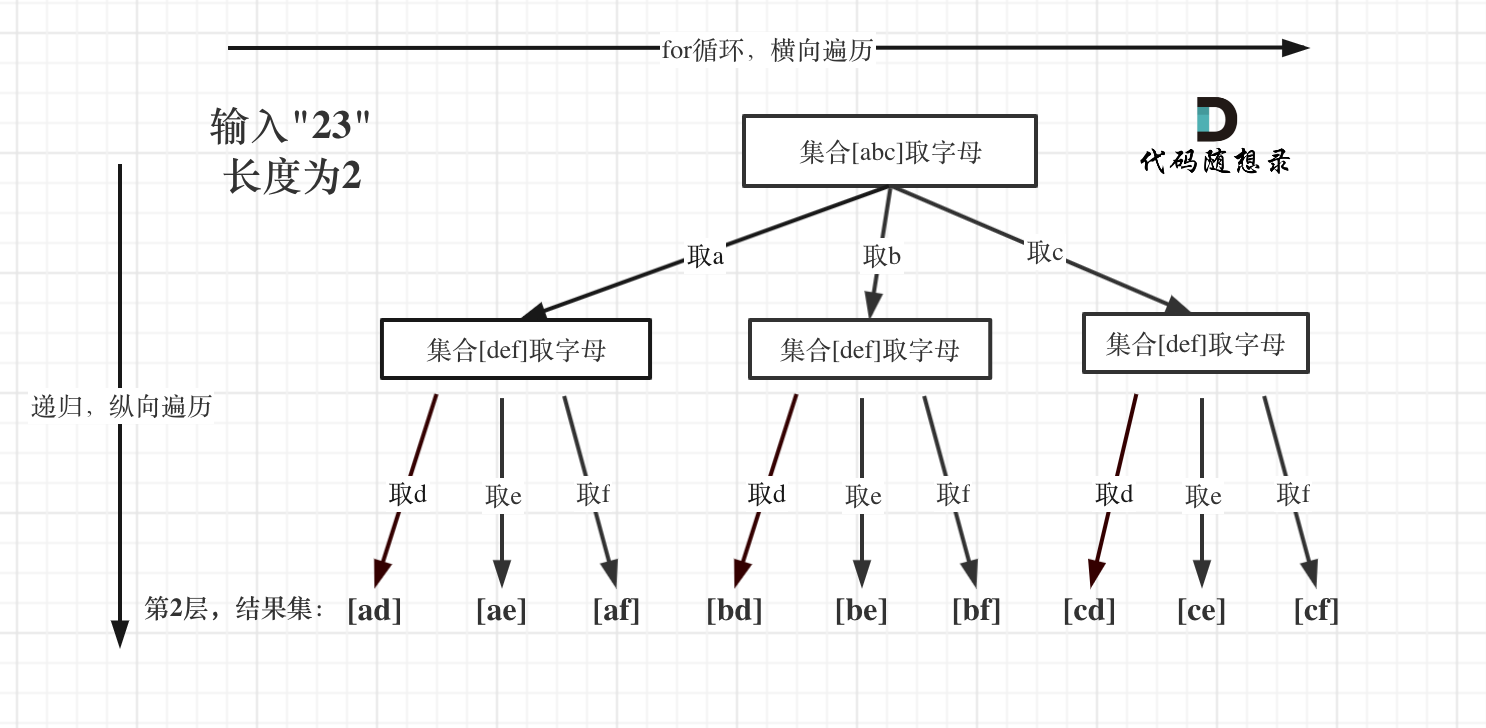火灾温度预测
- 🍨 本文为🔗365天深度学习训练营 中的学习记录博客
- 🍖 原作者:K同学啊
使用LSTM进行时间序列预测
这周学习如何使用长短期记忆网络(LSTM)进行时间序列预测。使用PyTorch框架来构建和训练模型,基于一个包含温度、CO浓度以及烟灰浓度的数据集。
1. 数据预处理
首先,需要对数据进行预处理。数据集中的特征包括温度(Tem1)、CO浓度(CO 1)、以及烟灰浓度(Soot 1)。我们将这些特征标准化,并构建输入序列X和目标值y。
import pandas as pd
import numpy as np
import matplotlib.pyplot as plt
import seaborn as sns
from sklearn.preprocessing import MinMaxScaler
data = pd.read_csv("woodpine2.csv")
plt.rcParams['savefig.dpi'] = 500 # 图片像素
plt.rcParams['figure.dpi'] = 500 # 分辨率
fig, ax = plt.subplots(1, 3, constrained_layout=True, figsize=(14, 3))
sns.lineplot(data=data["Tem1"], ax=ax[0])
sns.lineplot(data=data["CO 1"], ax=ax[1])
sns.lineplot(data=data["Soot 1"], ax=ax[2])
plt.show()
# 数据归一化
dataFrame = data.iloc[:, 1:].copy()
sc = MinMaxScaler(feature_range=(0, 1))
for i in ['CO 1', 'Soot 1', 'Tem1']:
dataFrame[i] = sc.fit_transform(dataFrame[i].values.reshape(-1, 1))
width_X = 8
width_y = 1
# 构建输入序列X和目标值y
X = []
y = []
in_start = 0
for _, _ in data.iterrows():
in_end = in_start + width_X
out_end = in_end + width_y
if out_end < len(dataFrame):
X_ = np.array(dataFrame.iloc[in_start:in_end, ])
y_ = np.array(dataFrame.iloc[in_end:out_end, 0])
X.append(X_)
y.append(y_)
in_start += 1
X = np.array(X)
y = np.array(y).reshape(-1, 1, 1)
2. 构建LSTM模型
接下来,使用PyTorch构建一个两层的LSTM模型。模型输入为前8个时间步的Tem1、CO 1和Soot 1数据,输出为第9个时间步的Tem1值。
import torch
import torch.nn as nn
import torch.nn.functional as F
from torch.utils.data import TensorDataset, DataLoader
class model_lstm(nn.Module):
def __init__(self):
super(model_lstm, self).__init__()
self.lstm0 = nn.LSTM(input_size=3, hidden_size=320,
num_layers=1, batch_first=True)
self.lstm1 = nn.LSTM(input_size=320, hidden_size=320,
num_layers=1, batch_first=True)
self.fc0 = nn.Linear(320, 1)
def forward(self, x):
out, hidden1 = self.lstm0(x)
out, _ = self.lstm1(out, hidden1)
out = self.fc0(out)
return out[:, -1:, :]
3. 模型训练
使用均方误差(MSE)作为损失函数,并采用随机梯度下降(SGD)优化器。训练过程中,我们会记录训练损失和测试损失,并绘制其变化曲线。
device = torch.device("cuda" if torch.cuda.is_available() else "cpu")
model = model_lstm().to(device)
loss_fn = nn.MSELoss()
opt = torch.optim.SGD(model.parameters(), lr=1e-1, weight_decay=1e-4)
epochs = 50
train_loss = []
test_loss = []
lr_scheduler = torch.optim.lr_scheduler.CosineAnnealingLR(opt, epochs)
def train(train_dl, model, loss_fn, opt, lr_scheduler=None):
size = len(train_dl.dataset)
num_batches = len(train_dl)
train_loss = 0
for x, y in train_dl:
x, y = x.to(device), y.to(device)
pred = model(x)
loss = loss_fn(pred, y)
opt.zero_grad()
loss.backward()
opt.step()
train_loss += loss.item()
if lr_scheduler is not None:
lr_scheduler.step()
train_loss /= num_batches
return train_loss
def test(dataloader, model, loss_fn):
num_batches = len(dataloader)
test_loss = 0
with torch.no_grad():
for x, y in dataloader:
x, y = x.to(device), y.to(device)
y_pred = model(x)
loss = loss_fn(y_pred, y)
test_loss += loss.item()
test_loss /= num_batches
return test_loss
for epoch in range(epochs):
model.train()
epoch_train_loss = train(train_dl, model, loss_fn, opt, lr_scheduler)
model.eval()
epoch_test_loss = test(test_dl, model, loss_fn)
train_loss.append(epoch_train_loss)
test_loss.append(epoch_test_loss)
template = ('Epoch:{:2d}, Train_loss:{:.5f}, Test_loss:{:.5f}')
print(template.format(epoch + 1, epoch_train_loss, epoch_test_loss))
plt.figure(figsize=(5, 3), dpi=120)
plt.plot(train_loss, label='LSTM Training Loss')
plt.plot(test_loss, label='LSTM Validation Loss')
plt.title('Training and Validation Loss')
plt.legend()
plt.show()
4. 预测与评估
最后,使用训练好的模型对测试集进行预测,并计算模型的均方根误差(RMSE)和决定系数(R²)。
# 预测并将数据移回 CPU 进行逆变换
predicted_y_lstm = sc.inverse_transform(model(X_test).detach().cpu().numpy().reshape(-1, 1))
y_test_1 = sc.inverse_transform(y_test.reshape(-1, 1))
# 转换为列表形式
y_test_one = [i[0] for i in y_test_1]
predicted_y_lstm_one = [i[0] for i in predicted_y_lstm]
# 绘制真实值和预测值
plt.figure(figsize=(5, 3), dpi=120)
plt.plot(y_test_one[:2000], color='red', label='真实值')
plt.plot(predicted_y_lstm_one[:2000], color='blue', label='预测值')
plt.title('预测结果对比')
plt.xlabel('X')
plt.ylabel('Y')
plt.legend()
plt.show()
from sklearn import metrics
RMSE_lstm = metrics.mean_squared_error(predicted_y_lstm_one, y_test_1) ** 0.5
R2_lstm = metrics.r2_score(predicted_y_lstm_one, y_test_1)
print('均方根误差: %.5f' % RMSE_lstm)
print('R2: %.5f' % R2_lstm)
5.结果



总结
这周学习了如何使用LSTM模型进行时间序列预测,并掌握数据预处理、模型构建、训练、预测及模型评估的全流程,对lstm模型的使用有了初步了解。

















